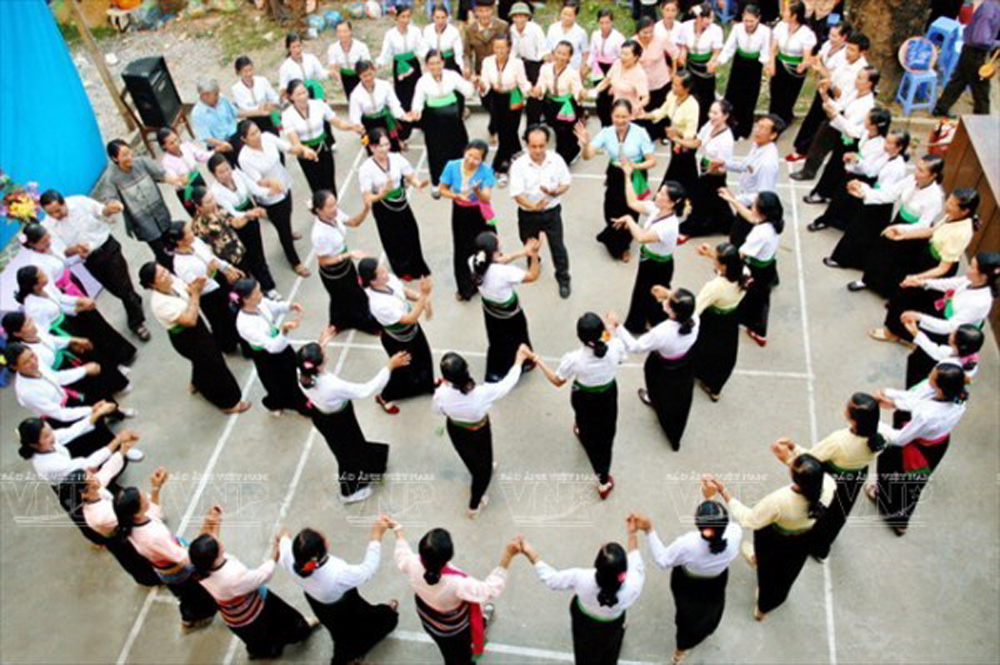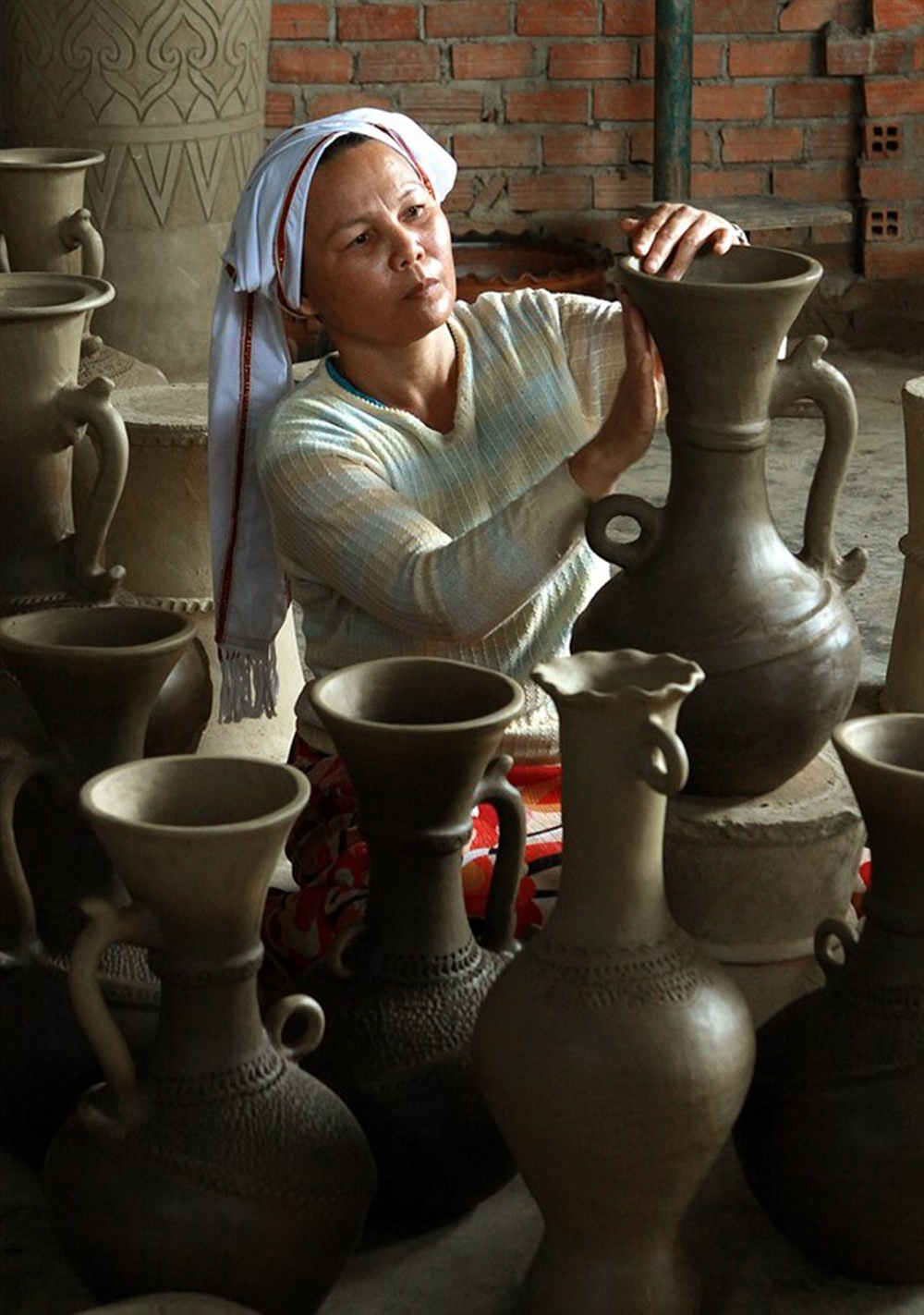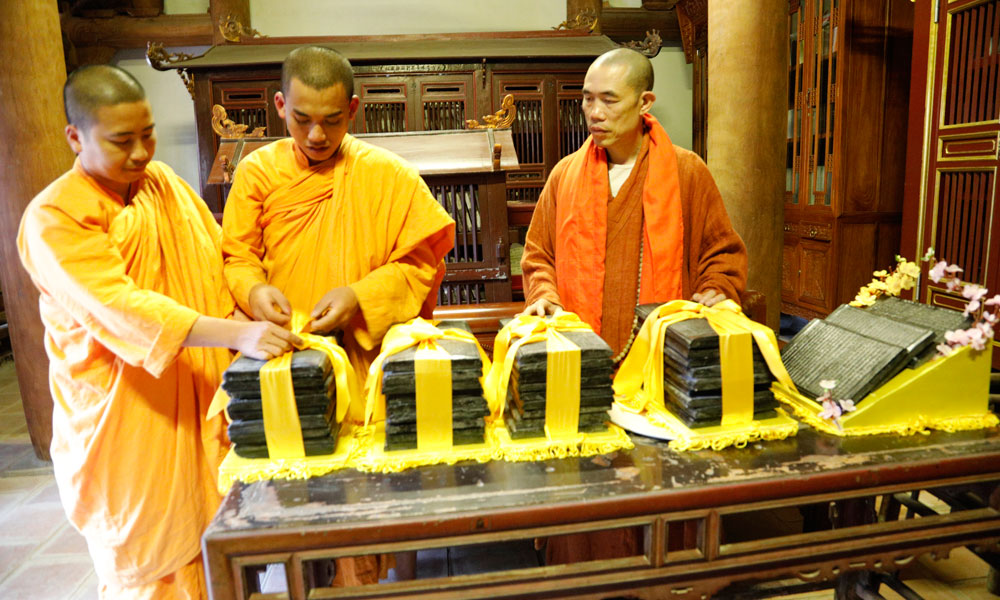Xoe Thai dance, Cham pottery seek UNESCO’s heritage recognition
Prime Minister Nguyen Xuan Phuc has given the green light for the Ministry of Culture, Sports and Tourism to sign relevant dossiers for submission to the UNESCO on behalf of the Government. The submission will be made prior to March 31.
 |
|
A group performance of Xoe Thai dance. |
Xoe Thai is a unique type of traditional dance that is associated with and plays a significant role in the daily life of Thai ethnic communities in the northwest of Vietnam, especially in the provinces of Lai Chau, Dien Bien, Son La and Yen Bai. It is performed in various community activities from festivals to funeral rituals.
There are about 30 Xoe dances, which have been developed, protected and handed down through generations intact over hundreds of years, including
With gentle and alluring rhythms, dancers usually form a circle around a festive flame and move to the sound of melodic traditional music.
Meanwhile, Cham people in the
 |
|
Cham potters use their skills to create a variety of pottery products. |
One of the most outstanding features of the traditional Cham pottery is the technique of shaping their wares by hand rather than by a wheel and their use of simple tools or shells to decorate the products. The pottery is dried under the sun for four to six hours before being fired outdoor over straw or wood.
The skills of the Cham have created a variety of products used for daily activities and spiritual worship. Some of the products include cylindrical jars which store water or rice, decorative lamps, reliefs, and statuettes of apsara or gods.
The Bau Truc pottery village is one of the oldest of its kind in Southeast Asia. About 85
Source: VNA
 Bắc giang
Bắc giang















Reader's comments (0)